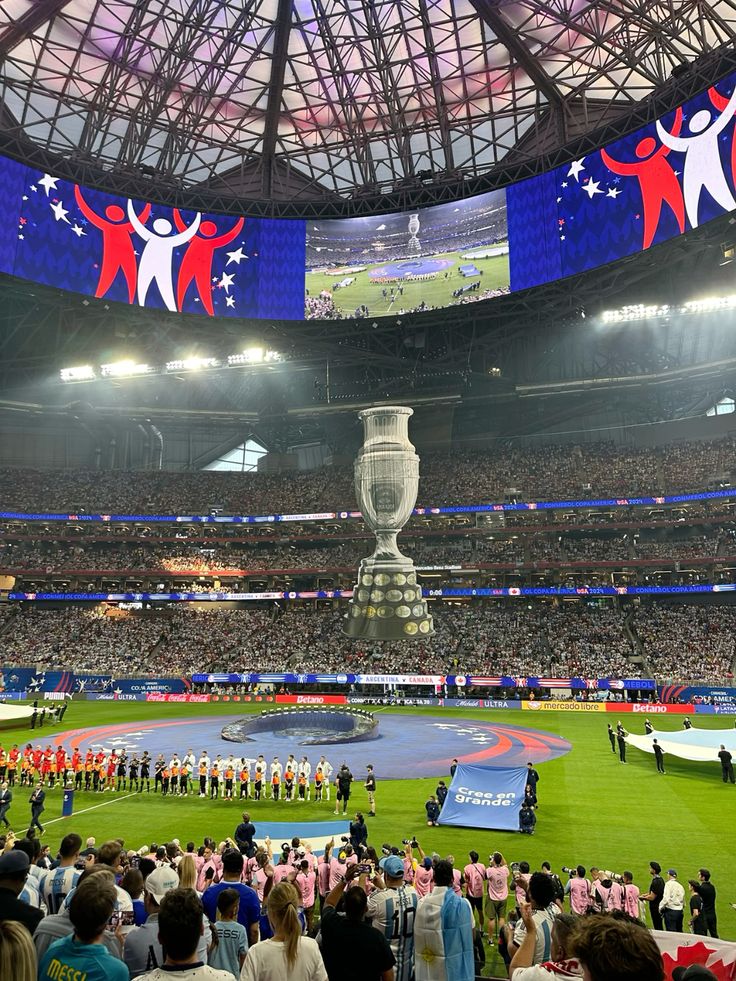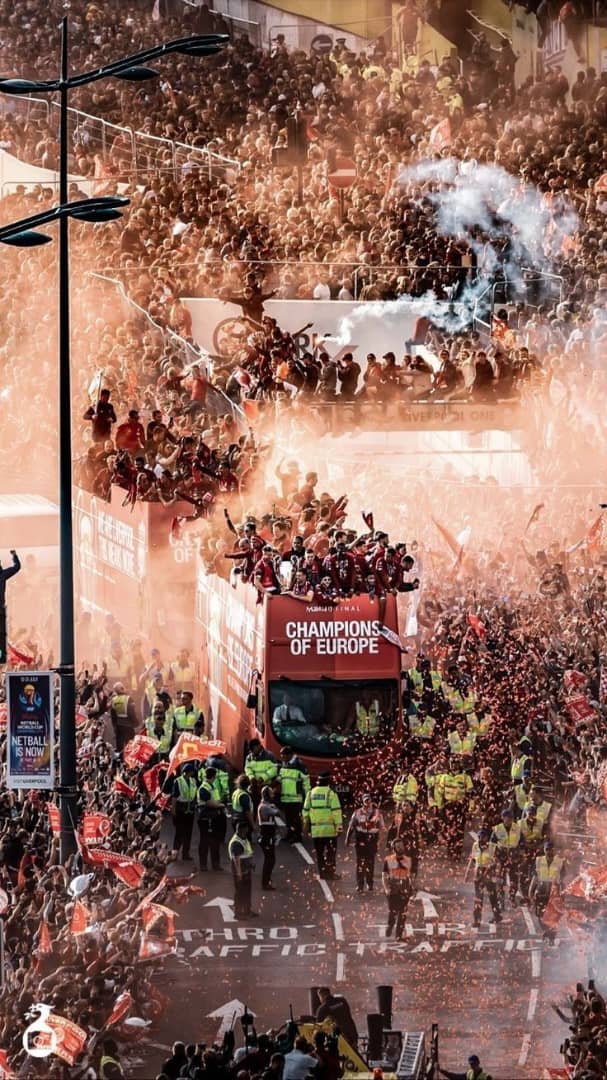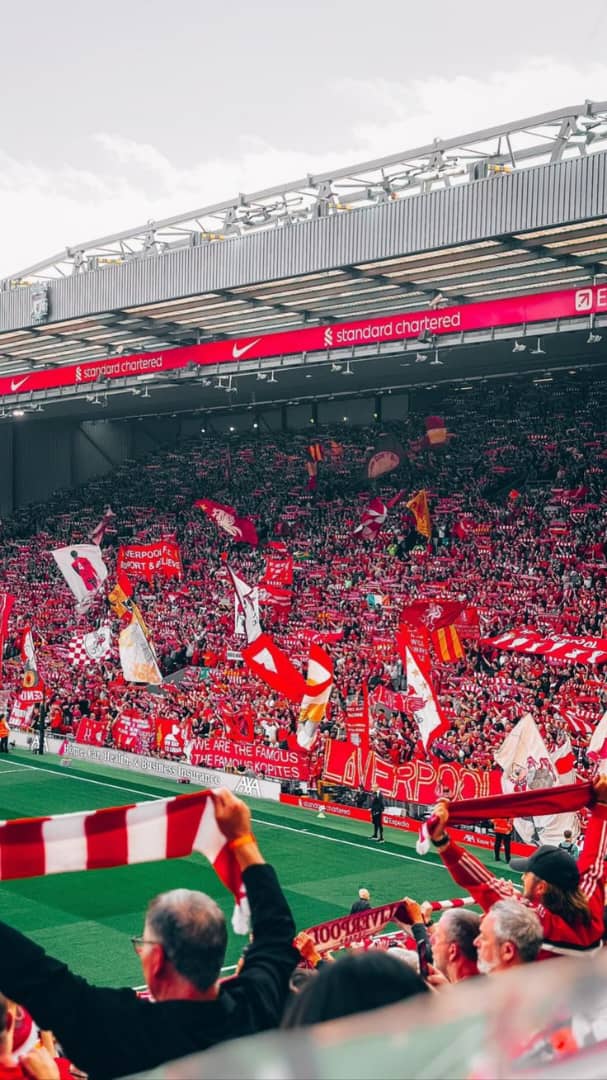
Introduction: More Than a Game
Stadiums are traditionally associated with the roar of the crowd, the euphoria of goals, and the rituals of sport. But in cities and towns across the world, these iconic arenas have evolved beyond their roles as athletic venues. Increasingly, stadiums are reimagined as community hubs — places that host not just games, but education, culture, health, and solidarity. In this blog post, we explore how stadiums have become vital parts of civic life, social infrastructure, and engines of local identity and economic vitality.
Chapter 1: The Historical Role of Stadiums in Communities
1.1 Ancient Arenas as Civic Spaces
The origins of stadiums trace back to the ancient Greek and Roman worlds. The Panathenaic Stadium in Athens and the Colosseum in Rome were multipurpose venues. They weren’t just sites of competition — they were spaces of assembly, religious celebration, and civic pride.
1.2 20th-Century Expansion
With the rise of professional sports, stadiums became symbols of urban identity. They were built to accommodate growing fanbases and host major events, but they also became landmarks — physical and emotional anchors for communities.
1.3 The Turn Toward Multi-Functionality
Modern stadiums have embraced broader purposes. No longer shuttered when the final whistle blows, many are now alive seven days a week, hosting schools, clinics, concerts, museums, and more.
Chapter 2: Stadiums as Catalysts for Urban Regeneration
2.1 Revitalizing Derelict Areas
In cities like Manchester, Los Angeles, and Johannesburg, stadium projects have breathed new life into struggling districts. They bring infrastructure upgrades, housing developments, and renewed economic activity.
2.2 The “Barcelona Model”
After the 1992 Olympics, Barcelona strategically converted sporting venues into permanent community assets, from parks to public spaces, setting a model for post-event urban planning.
2.3 Risks and Gentrification
While stadiums can drive growth, they can also fuel gentrification, displacing local residents and businesses. Community involvement in planning is essential to balance development with social equity.
Chapter 3: Education and Learning Inside Stadiums
3.1 Stadiums as Classrooms
Many clubs have turned parts of their stadiums into educational centers:
- Manchester City’s Etihad Campus includes a school and youth training facility.
- Schalke 04’s VELTINS-Arena hosts job training and apprenticeship programs.
3.2 Football-Inspired Learning
Using football as a hook, programs cover literacy, numeracy, and STEM education. Students analyze player stats, design team kits, or create match-day programs — combining creativity and critical thinking.
3.3 Adult Education and Retraining
Stadiums offer vocational training, adult literacy classes, and IT certification programs — turning match-day temples into lifelong learning hubs.
Chapter 4: Health, Wellness, and Social Care
4.1 Stadiums as Health Clinics
During the COVID-19 pandemic, stadiums like Twickenham (London) and Yankee Stadium (New York) were transformed into mass vaccination centers. Their size, accessibility, and facilities made them ideal public health venues.
4.2 Mental Health and Outreach
Football clubs are increasingly using stadiums to address mental health. Everton in the Community runs outreach from Goodison Park, offering therapy and suicide prevention services.
4.3 Fitness and Recreation
Stadiums host yoga classes, walking clubs, and rehabilitation programs. Tracks around the field are opened to the public, and community gyms are integrated into stadium designs.
Chapter 5: Culture, Arts, and Identity
5.1 Museums and Memory
Many stadiums now house museums:
- Camp Nou’s FC Barcelona Museum
- Juventus Museum at Allianz Stadium
- River Plate Museum in Buenos Aires
These are not just about trophies — they showcase local history, social change, and fan culture.
5.2 Concerts and Festivals
Stadiums are major music venues. Beyond sports, they host festivals, religious gatherings, art exhibitions, and public debates.
5.3 Stadium Murals and Urban Art
Walls around stadiums become canvases for artists, reflecting neighborhood identity and social movements. These murals immortalize legends and elevate unheard voices.
Chapter 6: Inclusion, Diversity, and Safe Spaces
6.1 Accessibility for All
Modern stadiums are designed with inclusivity in mind:
- Ramps and lifts for wheelchair users
- Sensory rooms for neurodiverse fans
- Family zones and inclusive restrooms
6.2 Safe Havens
Some clubs partner with women’s shelters, offering use of stadium facilities for safety, support groups, and awareness campaigns.
6.3 Anti-Discrimination Campaigns
Stadiums are platforms for promoting diversity — LGBTQ+ pride games, anti-racism banners, and social justice messages are increasingly prominent.
Chapter 7: Economic Engines and Employment
7.1 Matchday Jobs and Beyond
From food vendors to stewards to logistics staff, stadiums employ thousands, often drawing from local neighborhoods.
7.2 Small Business Partnerships
Local food stalls, craft vendors, and merchandise makers are integrated into stadium concourses, helping small businesses thrive.
7.3 Community Wealth Building
Clubs like AFC Wimbledon use community ownership models, ensuring that stadium revenues benefit local people rather than distant investors.
Chapter 8: Youth and Grassroots Engagement
8.1 Academy Pathways
Youth development programs offer training, education, and life skills, using the stadium as a symbol of aspiration.
8.2 Grassroots Access
Stadiums often host youth leagues, school tournaments, and community matches, giving local kids the thrill of playing where their heroes do.
8.3 Mentorship and Role Models
Players and staff engage with youth through mentoring, reading programs, and social media — humanizing idols and inspiring dreams.
Chapter 9: Sustainability and Environmental Leadership
9.1 Green Building Practices
Stadiums like the Mercedes-Benz Stadium and Tottenham Hotspur Stadium are LEED-certified, using recycled materials, energy-efficient lighting, and solar panels.
9.2 Community Gardens and Green Spaces
Some clubs incorporate community gardens, green rooftops, and biodiversity zones into their stadium precincts.
9.3 Environmental Education
Workshops and exhibits hosted at stadiums teach fans about recycling, climate change, and eco-friendly living.
Chapter 10: Stadiums in Times of Crisis
10.1 Emergency Shelters
In times of natural disaster or unrest, stadiums have provided temporary housing and medical aid, thanks to their scale and logistics capabilities.
10.2 Food Banks and Donation Drives
Many clubs organize food drives, coat donations, and school supply giveaways. Liverpool FC and Celtic FC have regularly opened their stadiums for such campaigns.
10.3 Symbolic Resilience
In moments of tragedy or triumph, stadiums become places of mourning, solidarity, and celebration. They are civic squares in times of need.
Conclusion: The People’s Arena
Stadiums are no longer just temples of sport — they are pillars of society. They educate, heal, employ, shelter, inspire, and unify. They are classrooms, clinics, museums, gardens, stages, and sanctuaries. As communities evolve, so too must these colossal structures, embracing roles that go far beyond matchdays.
When designed and managed with vision and care, a stadium becomes a true community hub — a place where everyday life meets extraordinary purpose. In that transformation, sport fulfills its highest ideal: serving the people who cherish it.





